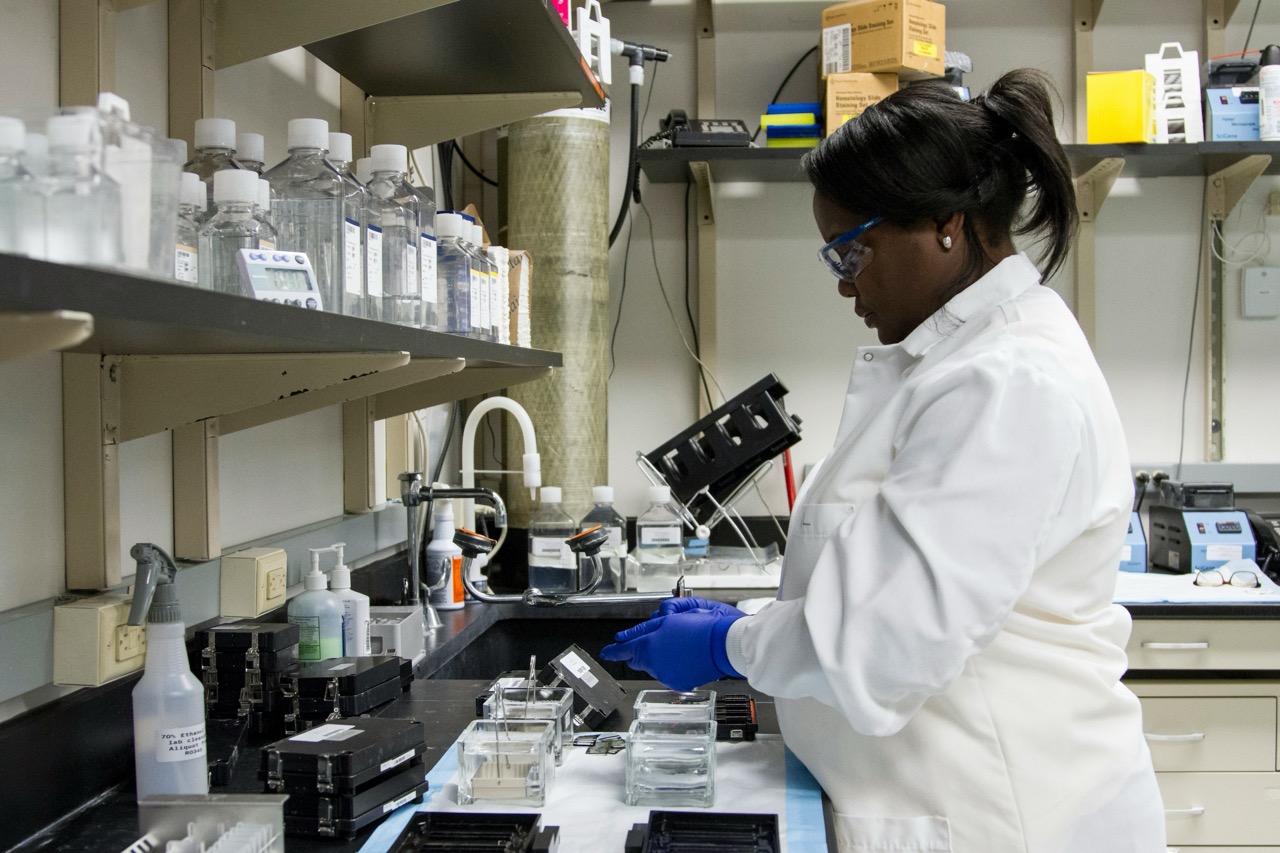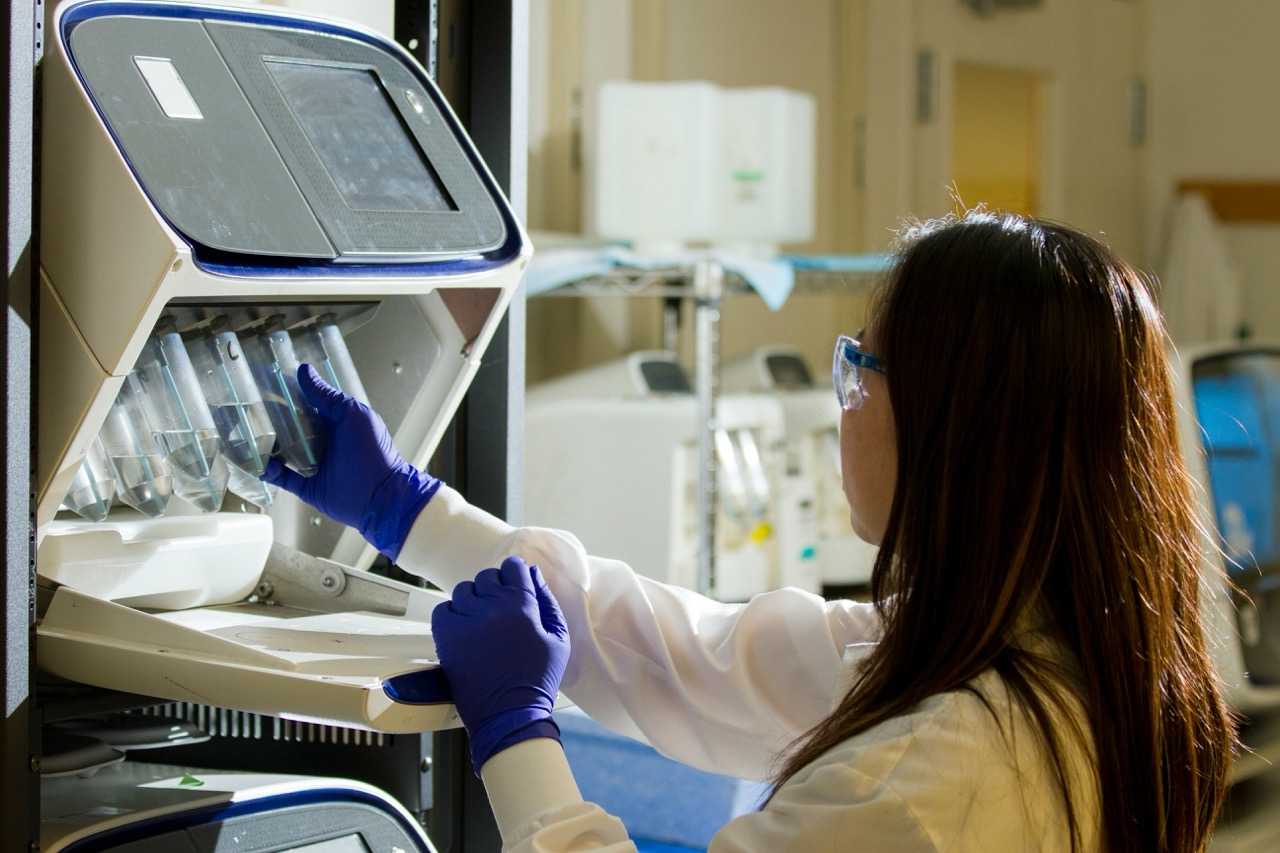Sexually transmitted diseases (STDs) have plagued humanity for millennia, influencing not only individual health but also societal norms, population dynamics, and even historical events. Understanding the history of STDs allows us to appreciate the complex interplay between medicine, culture, and public health measures. This article explores the evolution of STDs from ancient civilizations to modern-day challenges, shedding light on how knowledge and perceptions surrounding these infections have transformed over time.
From the earliest documented cases to contemporary epidemiological studies, the history of STDs reflects broader trends in human society, including changes in sexual behavior, medical understanding, and social attitudes. By examining various diseases, their historical contexts, and the responses to them, we gain valuable insights that inform current public health strategies.
## Ancient Civilizations and Their Understanding of STDs
In ancient civilizations, the understanding of STDs was rudimentary, often intertwined with myths and superstition. Cultures such as the Egyptians and Greeks had some awareness of diseases transmitted through sexual contact, but they lacked a scientific framework to comprehend the causative agents. Historical texts, including those from Hippocrates, provide evidence that ancient physicians recognized certain symptoms associated with STDs, yet explanations were often shrouded in moralistic views and attributed to divine punishment or individual immorality.
The treatment of STDs in these societies involved a mixture of herbal remedies, religious rituals, and lifestyle modifications. For example, the use of specific plants and minerals was common, but their effectiveness was largely anecdotal. Moreover, cultural taboos surrounding sexual health often impeded open discussions about STDs, further hampering advancements in treatment and prevention.
## The Role of Syphilis in European History and Medicine
Syphilis emerged as a significant public health crisis in Europe during the late 15th century, following the Columbian Exchange. Initially termed the "Great Pox," it rapidly spread across the continent, leading to widespread anxiety and moral outrage. The rapid transmission of syphilis coincided with increasing urbanization and changes in sexual behavior, further embedding the disease into the fabric of European society. Medical practitioners began to document its symptoms, leading to a burgeoning interest in understanding and treating the disease.
The impact of syphilis extended beyond health, influencing art, literature, and social thought. Notable figures, including Christopher Columbus and Casanova, reportedly suffered from the disease, which prompted debates about sexual morality and public health. As physicians explored treatment options, such as mercury and other toxic substances, the medical community grappled with the complex relationship between sex, disease, and societal norms, laying the groundwork for future advancements in medical understanding.
## The Emergence of Gonorrhea in Ancient Societies
Gonorrhea, another prevalent STD, has roots that trace back to ancient societies. Its historical presence is often obscured by the lack of precise medical terminology and the overlap with other conditions. Ancient texts from Greece and Rome hint at the existence of gonococcal infections, describing symptoms that align with what we now identify as gonorrhea. However, much like syphilis, its understanding was limited by the prevailing medical frameworks of the time.
During the Middle Ages, gonorrhea became increasingly recognized, particularly in urban centers where promiscuity and population density contributed to its spread. Social and cultural factors, including attitudes toward sexuality and marriage, influenced both the transmission of the disease and the public's response to it. The stigma associated with gonorrhea, often linked to perceived moral failings, hindered efforts to address the infection and perpetuated cycles of misinformation and blame.
## The Impact of STDs on Population Dynamics in History
Throughout history, STDs have had profound effects on population dynamics, influencing marriage patterns, birth rates, and overall community health. Major outbreaks of syphilis and gonorrhea in various periods often led to a decline in marriage rates and increased stigma around sexual relationships. The social implications of these diseases were significant, as they prompted shifts in reproductive behaviors and sexual norms, particularly during times of crisis.
Moreover, STDs have played a role in shaping public policy, as governments sought to control the spread of these infections through regulation and public health initiatives. Campaigns aimed at curbing the transmission of STDs often included public education efforts, which highlighted the need for safe sexual practices, thereby altering population behavior over generations. The intersection of disease and demographic changes has underscored the importance of understanding STDs within a broader societal context.
## The 19th Century: Advances in Medical Understanding of STDs
The 19th century marked a turning point in the medical understanding of STDs, spurred by advancements in microbiology and the establishment of germ theory. This period saw the identification of the causative agents behind several STDs, including the discovery of the bacterium responsible for gonorrhea by Albert Neisser in 1879. These scientific breakthroughs laid the foundation for more effective treatments and prevention strategies, transforming the landscape of sexual health.
Public health initiatives began to emerge in response to the rising awareness of STDs, leading to the establishment of clinics and the implementation of mandatory reporting systems. The social and economic costs associated with STDs prompted governments to take action, resulting in legislative measures that addressed prostitution and sexual health. As medical science progressed, the stigma surrounding STDs gradually began to shift, although significant challenges remained.
## The Development of STD Testing and Diagnosis Techniques
The latter part of the 19th century and early 20th century witnessed significant advancements in diagnostic techniques for STDs. The introduction of microscopy allowed clinicians to identify pathogens directly from clinical specimens, revolutionizing the diagnosis of gonorrhea and syphilis. Additionally, the development of serological tests furthered the ability to detect infections in asymptomatic individuals, fostering early intervention and treatment.
These advancements not only improved individual health outcomes but also contributed to public health initiatives aimed at controlling the spread of STDs. Enhanced diagnostic capabilities facilitated more accurate epidemiological tracking, enabling health authorities to implement targeted interventions. The combination of improved testing methods and growing public awareness laid the groundwork for a more proactive approach to sexual health.
## The Social Stigma Surrounding STDs Throughout History
Social stigma surrounding STDs has persisted across cultures and epochs, often rooted in moral judgments about sexuality. Throughout history, individuals diagnosed with STDs faced ostracism and condemnation, reinforcing societal taboos that deterred open conversations about sexual health. This stigma has been particularly pronounced in cases such as syphilis and gonorrhea, where perceptions of immorality often overshadowed the medical realities of these infections.
The repercussions of stigma extend beyond individual experiences, impacting public health responses and perpetuating cycles of misinformation. Fear of social ostracism often leads individuals to avoid seeking necessary medical care or disclosing their health status to partners. Addressing the stigma surrounding STDs remains a critical component of contemporary public health initiatives, as it is essential for fostering an environment conducive to open dialogue and effective prevention strategies.
## The Global Spread of STDs in the 20th Century
The 20th century witnessed a significant global spread of STDs, influenced by factors such as urbanization, globalization, and changes in sexual behavior. World War I and II facilitated the movement of troops and increased sexual contact in unfamiliar environments, leading to outbreaks of venereal diseases. Governments responded with public health campaigns aimed at educating soldiers and civilians about prevention and treatment, marking one of the first large-scale efforts to combat STDs at a national level.
As global travel and migration increased, so did the transmission of STDs across borders. The interconnectedness of populations resulted in the dissemination of infections, prompting international health organizations to monitor and respond to emerging STD trends. The global nature of STD spread underscored the necessity for collaborative efforts in research, prevention, and treatment, as it became clear that these diseases did not recognize geographic boundaries.
## The Impact of HIV/AIDS on STD Awareness and Research
The emergence of HIV/AIDS in the late 20th century reshaped the landscape of STD awareness and research. As a novel and devastating disease, HIV/AIDS prompted an urgent response from the medical community and catalyzed increased funding for research into sexually transmitted infections. The public health crisis galvanized efforts to address the stigma surrounding STDs, as advocacy groups emerged to promote education, prevention, and treatment.
The HIV/AIDS epidemic also highlighted the interconnectedness of various STDs, as individuals with pre-existing STDs were found to be at greater risk for HIV infection. This linkage spurred a more comprehensive approach to sexual health, emphasizing the importance of understanding the broader context of STDs in promoting individual and public health. The lessons learned from the HIV/AIDS crisis continue to inform contemporary strategies for combating STDs.
## Modern Treatment Approaches for Sexually Transmitted Infections
Advancements in medical science have led to the development of effective treatment approaches for many STDs, significantly improving health outcomes and reducing transmission rates. Antibiotics have transformed the treatment landscape for bacterial STDs such as syphilis and gonorrhea, enabling timely intervention and the ability to manage outbreaks effectively. In addition, innovations in antiviral therapies have revolutionized the management of chronic infections like HIV, allowing many individuals to lead healthy lives.
Modern treatment strategies also emphasize preventive measures, including vaccines for certain STDs such as human papillomavirus (HPV) and hepatitis B. Public health campaigns promoting safe sex practices, regular screenings, and education about STDs further support these treatment approaches. The integration of technology in healthcare, including telehealth services and mobile apps, has also enhanced access to testing and treatment, particularly for marginalized populations.
The history of STDs is a rich and complex narrative that reflects the evolving understanding of sexual health, societal attitudes, and medical advancements. From ancient civilizations grappling with the unknown to modern-day public health initiatives, the journey has been marked by challenges and triumphs. As we continue to confront STDs in the contemporary world, it is imperative to learn from history, addressing stigma, promoting education, and advancing research to ensure a healthier future for all. The lessons gleaned from the past can guide policymakers, healthcare providers, and communities in the ongoing effort to combat sexually transmitted infections effectively.










